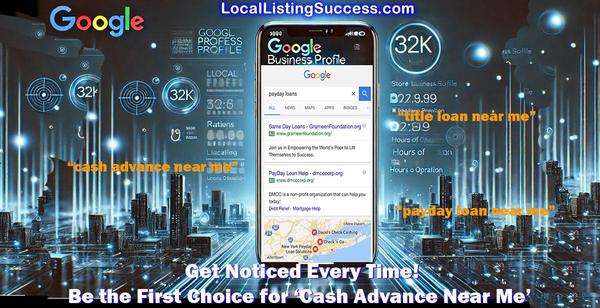A deep dive into the impact of Illinois’ rate cap reveals what many of us in the money lending industry already knew but the regulators refuse to admit: when you throttle APRs, you don’t help consumers; you wipe out their last legal option for credit.
I'll break it down.
After the 36% APR cap took effect in Illinois, the volume of loans to subprime borrowers fell off a
cliff, down 44%.
And those borrowers lucky enough to still qualify? They’re getting larger loans on average, up 40%.
Why? Because lenders can’t afford to write smaller-dollar loans under a capped APR and still cover costs, so they stretch the ticket size to make the math work.
And here's the kicker! Only 11% of surveyed borrowers say their financial situation improved after the cap. A whopping 79% of them say they want their old lenders
back.
That’s the equivalent of customers begging for a product regulators “rescued” them from. Ain’t that some irony?
This isn’t just happening in Illinois. Colorado’s own AG confirmed that post-cap, nonprime borrowers have fewer loan options than neighbors in Utah & Missouri. It’s not rocket science: low caps = fewer loans.
The Bureaucrats love to throw out 36% like it’s the magic number from the 1916 Uniform Small Loan Law. Back then, $300 could buy
a damn horse.
Today, that’s a brake job on a used Kia. The economics of running a consumer loan biz have changed drastically, with increased costs for wages, rent, compliance, tech, & defaults. You can’t run a small-loan biz on a century-old pricing model.
What’s this mean for you, the subprime lender with real skin in the game?
Opportunity! Big, wide-open, and digital.
As
access collapses in States, borrowers are turning online, hunting for lifelines. That’s where smart lenders swoop in, navigating compliance creatively, leveraging state-friendly licensing models, and deploying capital through digital-first strategies.
Bankruptcies are rising, inflation’s squeezing wallets, and Gen Xers and Millennials are calling for help like it’s 2008 again. The middle class is shrinking, but demand for short-term cash isn’t. These people need a hand, not a
lecture.
So what’s next? If you’re thinking of entering or expanding in the consumer loan space, ignore the headlines, study the data, and serve the borrowers who need you most.
They don’t want charity. They want choice. Give it to them.
And for God’s sake, stay mobile-first. If you’re not optimizing for smartphones, you’re invisible. You’re obsolete. You’re dead in the water.
This ain't 1916 anymore, my friend.
This is the new lending frontier.
Drink
up.



